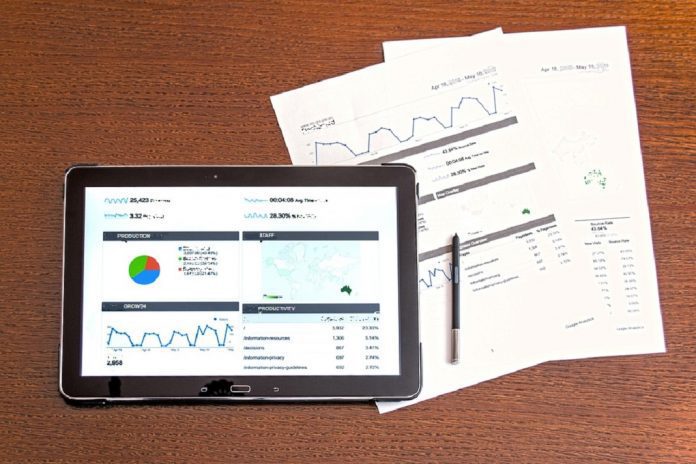by Warren Hayford
A recent article stated the average manager receives over 100 reports a month. If you’re receiving all that information, why would you need to make a chart?
One reason is that the reports you receive may not have the numbers you need now. They were designed for a purpose that has changed. Or they were designed for a person who likes to see the numbers in a different context than you. This situation is further complicated by the fact that over time, the information needs of an organization change.
Reports are usually created in a programming language. This requires people with specialized skills to change them. There is rarely budget set aside to update reports periodically.
As a result reports are created one time and then usually not changed significantly. Because they are not changed, they soon lag behind the information needs of the organization.
Another is that reports tend to group Key Performance Indicators (KPIs) from a specific business function perspective. While this perspective is helpful to the originating organization, it may be “gibberish” to every other organization.
To use these legacy reports for your current needs, you need to manually pull numbers from them and make them meet your specific needs.
You may need to calculate performance and productivity ratios. Ratios of both types describe the relationships between different KPIs.
All of his takes people and time. Today’s organizations are required to do more with less. As a result people try to get by with their reports, or create their own “spreadsheet applications” after hours.
In many cases, the reports you receive are just about useless for analysis. If they are your only source of information you will have to pull numbers out of them.
If the reports are useless for analysis, they are even worse for presentation. The level of detail is often too deep for strategic discussions. So if our reports are nearly useless what should we be using.
The solution is to pull your KPIs from transaction systems and place them in a data base. Add a flexible charting capability to give business managers the ability to create the information they need quickly. You can accomplish both by using a spreadsheet or a Business Intelligence software package to accomplish this.
The spreadsheet solution has the benefit of being cheap and available. You probably already own a spreadsheet package and you already know how to use it. Spreadsheets are pretty much infinitely flexible. But this advantage is also a disadvantage. Because they are cell based, every number and formula is repeated in multiple cells as needed. This duplication opens spreadsheets to errors.
A Business Intelligence software package costs from several hundred to several thousand dollars per copy. The advantage to a Business Intelligence package is that are designed to create charts for your analysis. They store your numbers and formulas one place and reuse them. This dramatically reduces the errors that are inherent in spreadsheets.
Using either a spreadsheet or a Business Intelligence solution supports analysis of the raw numbers, trends, performance ratios, and productivity ratios dramatically better than your existing reports. The flexibility, ability to calculate performance ratios, and compare different organizations will help your organization achieve the results you target.
About the author
For more information about how to achieve million dollar results on a small business budget become a member of the Do It Yourself Business Intelligence Community.
This free community contains ideas, tips, and techniques to make your analysis and presentations better, no matter what software you use to create them.
Join us not at: DIY Business Intelligence dot Com









































